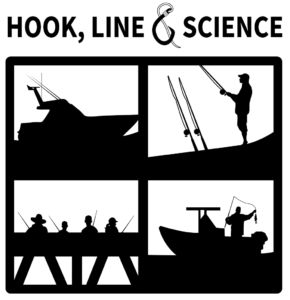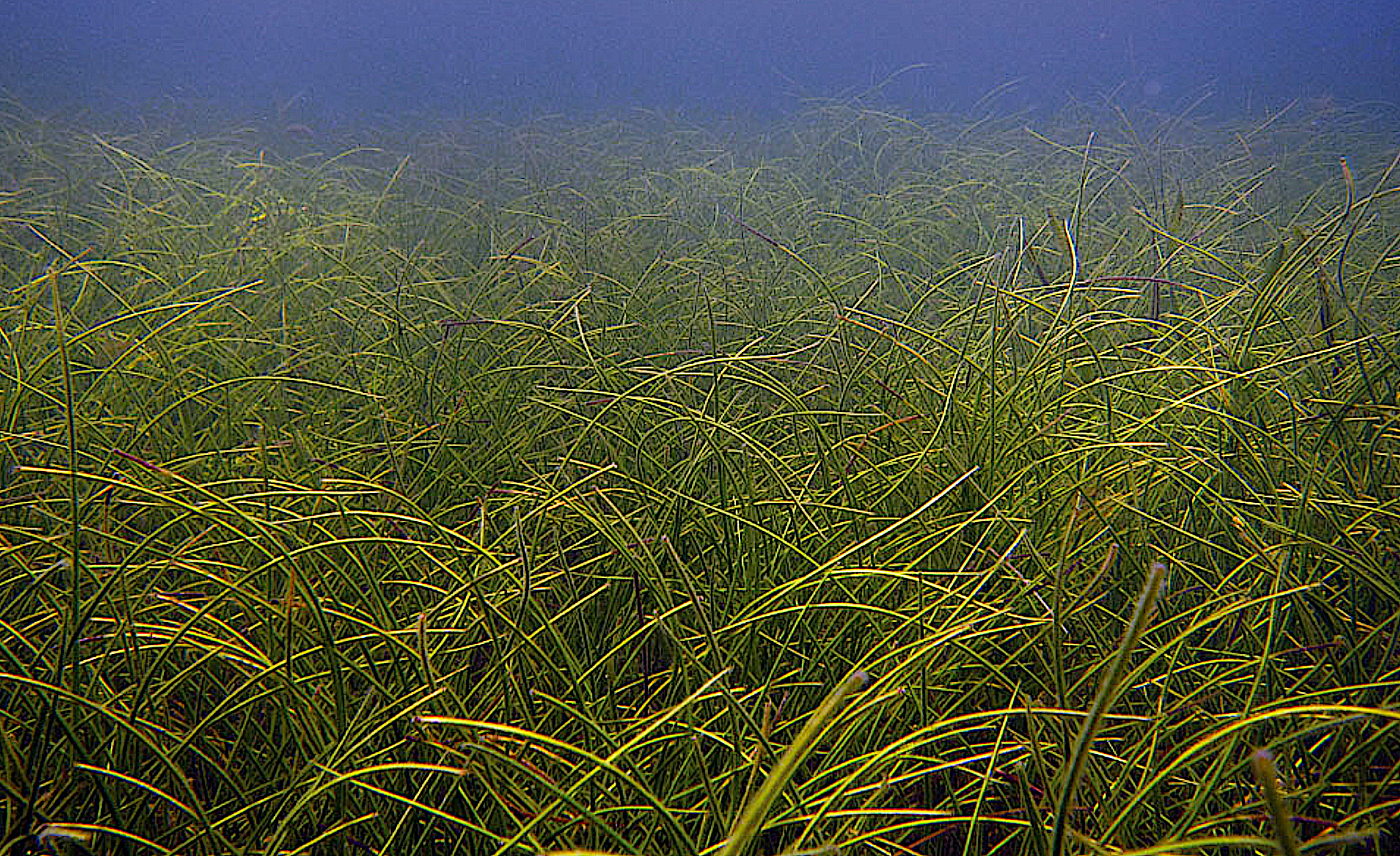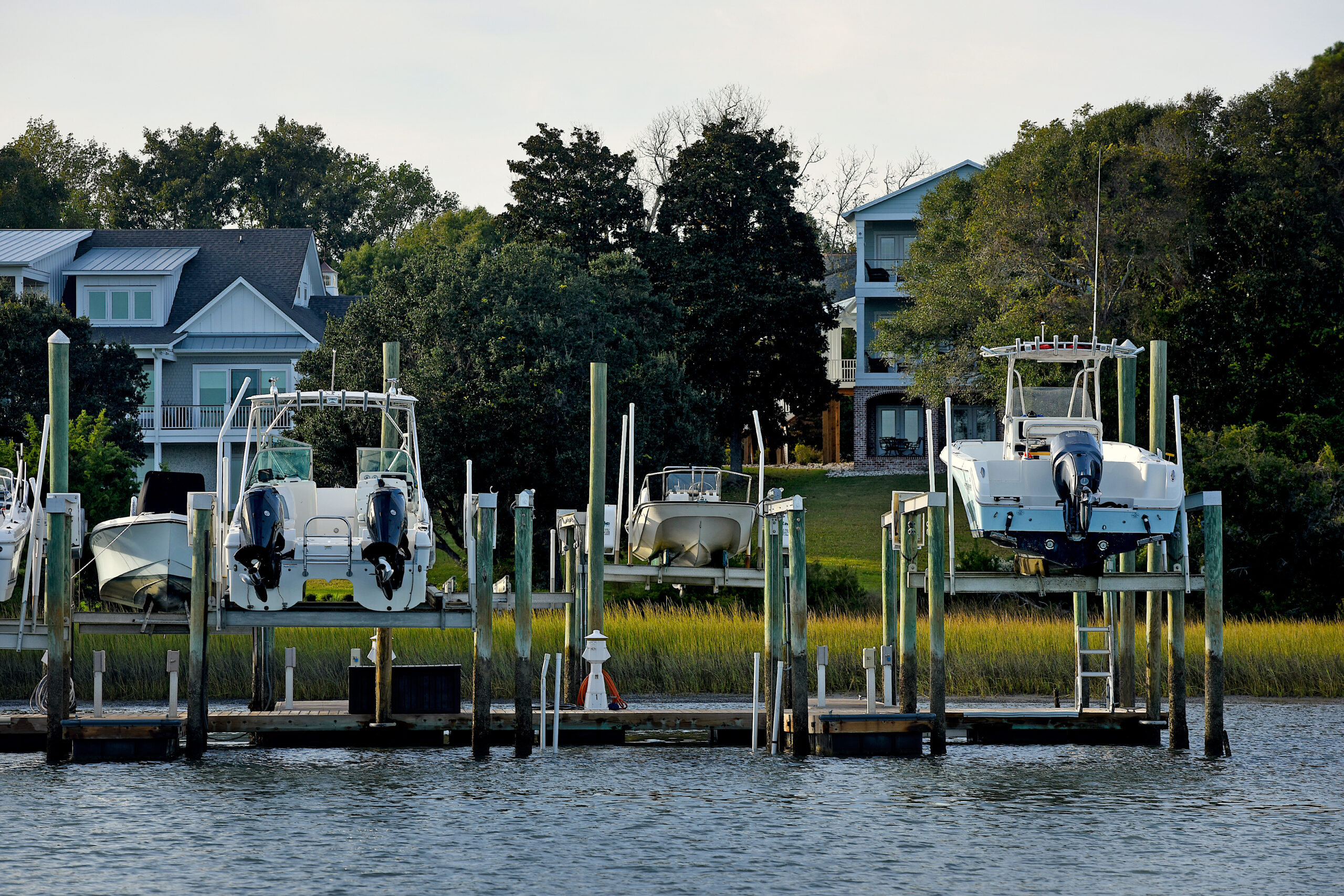Collaborative planning could lead to more effective conservation.
Research Need
Leisure boating activities have become a popular outdoor pastime. These activities include recreational fishing, SCUBA diving, snorkeling, wildlife viewing, kayaking, and using personal watercraft.
However, the rise in leisure boating raises questions about its impact on vital habitats like seagrass meadows. Seagrasses are crucial for young fish, and damage from anchoring, groundings, and propellor scars can harm fish.
How can managers address the impact of leisure boating?
One solution is limiting access to certain areas through marine zoning, which helps protect sensitive habitats. Zoning can include designations like “no entry,” “no motor,” “idle speed only,” “no anchor,” and “no fishing.” The success of this approach depends on zoning designs, monitoring, and support from the community.
What if fishers and scientists collaborated to improve the effectiveness of marine zoning in protecting these vital habitats?
What did they study?
Over ten years, scientists partnered with coastal fishers to create marine zoning plans designed to reduce the impact of leisure boating on seagrass habitats in the Florida Keys National Marine Sanctuary. For-hire fishers, who collectively spend over 45,000 days each year in seagrass meadows, played a crucial role in this effort by bringing invaluable local knowledge and longstanding stewardship to the process.
This collaborative approach involved three key phases: designing the research together, conducting the studies, and sharing the findings.
To guide their zoning recommendations, the research team surveyed seagrass damage from propeller scars, monitored shallow water fishing activity, and identified areas that important fish species (like permit, tarpon, bonefish, and crevalle jack) frequently used. Throughout this process, the team shared most of their findings through informal presentations at fishing tournaments, fisher association meetings, and one-on-one discussions.
Finally, the team used mapping technology to compare the conservation benefits of their proposed zoning plans with those of the current management plan for the Sanctuary.
What did they find?
The team recommended protecting a total area of 32,608 acres of seagrass, twice the size of the area proposed in the existing plan. Their recommendations allow for fishing access, while still protecting seagrass meadows that serve as important foraging and spawning sites for fish like permit.
The proposed zoning protections included 138% more seagrass designated as idle speed zones, 79% more as no motor zones, and 130% more as combined no motor and no anchor zones. For-hire fishers supported these zones, agreeing they would help reduce fast boat traffic, while still allowing quieter, less harmful access to these areas.
In contrast, the Sanctuary’s current plan designated 233% more seagrass as no-entry zones. However, previous studies have shown that simply restricting access to marine areas does not always lead to greater conservation benefits.
What else did they find?
The collaborative team also recommended protecting 8,408 acres of hardbottom habitat, which is 60% more than what the existing plan proposed. Their recommendations included 167% more hardbottom habitat designated as no motor zones and 184% more as combined no motor and no anchor zones.
Despite these successes, there were some challenges. Although for-hire fishers and environmental groups were actively involved, engaging personal watercraft tour operators proved difficult due to frequent staff turnover. Additionally, non-resident leisure boaters, a large group with a wide array of conservation values, were not included in the process, because they lack organizational representation.
So what?
The collaborative recommendations provided greater protection for seagrass meadows and associated fisheries, showcasing the power of collaborative management in achieving conservation goals. This effort stands out as fishers actively sought greater protections against local threats from leisure boating, even at the cost of limiting their own access to these vital habitats.
As leisure boating popularity continues to rise, using collaborative management strategies to identify and protect ecologically important areas could lead to quicker and more effective adaptive management.
Reading
Boucek, R. E., K. A. Anderson, B. L. Jones, and J. S. Rehage. 2024. When fishers ask for more protection: Co-produced spatial management recommendations to protect seagrass meadows from leisure boating. Marine Policy 167:106227. https://doi.org/10.1016/j.marpol.2024.106227.
All funding was provided by Bonefish and Tarpon Trust. This material was developed in collabo ration with the Florida Coastal Everglades Long-Term Ecological Research program under National Science Foundation Grant No. DEB- 2025954.
Lead photo: manatee seagrass in the Florida Keys National Marine Sanctuary. Credit: NOAA.
BY MADELINE PAYNE
The text from Hook, Line & Science is available to reprint and republish at no cost with this attribution: Hook, Line & Science, courtesy of Scott Baker and Sara Mirabilio, North Carolina Sea Grant.

- Categories:




